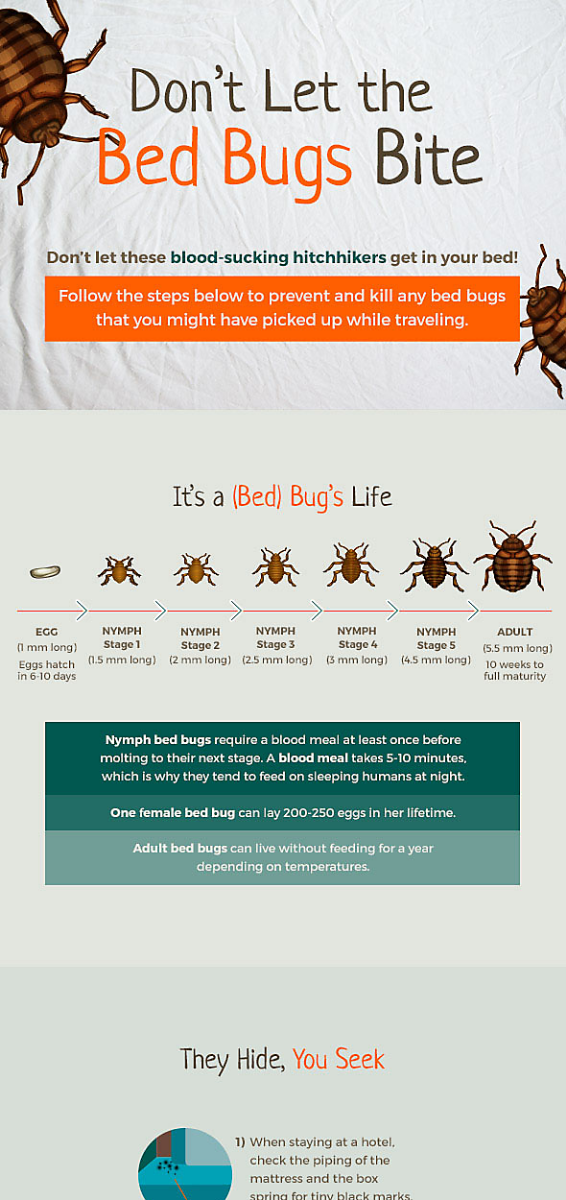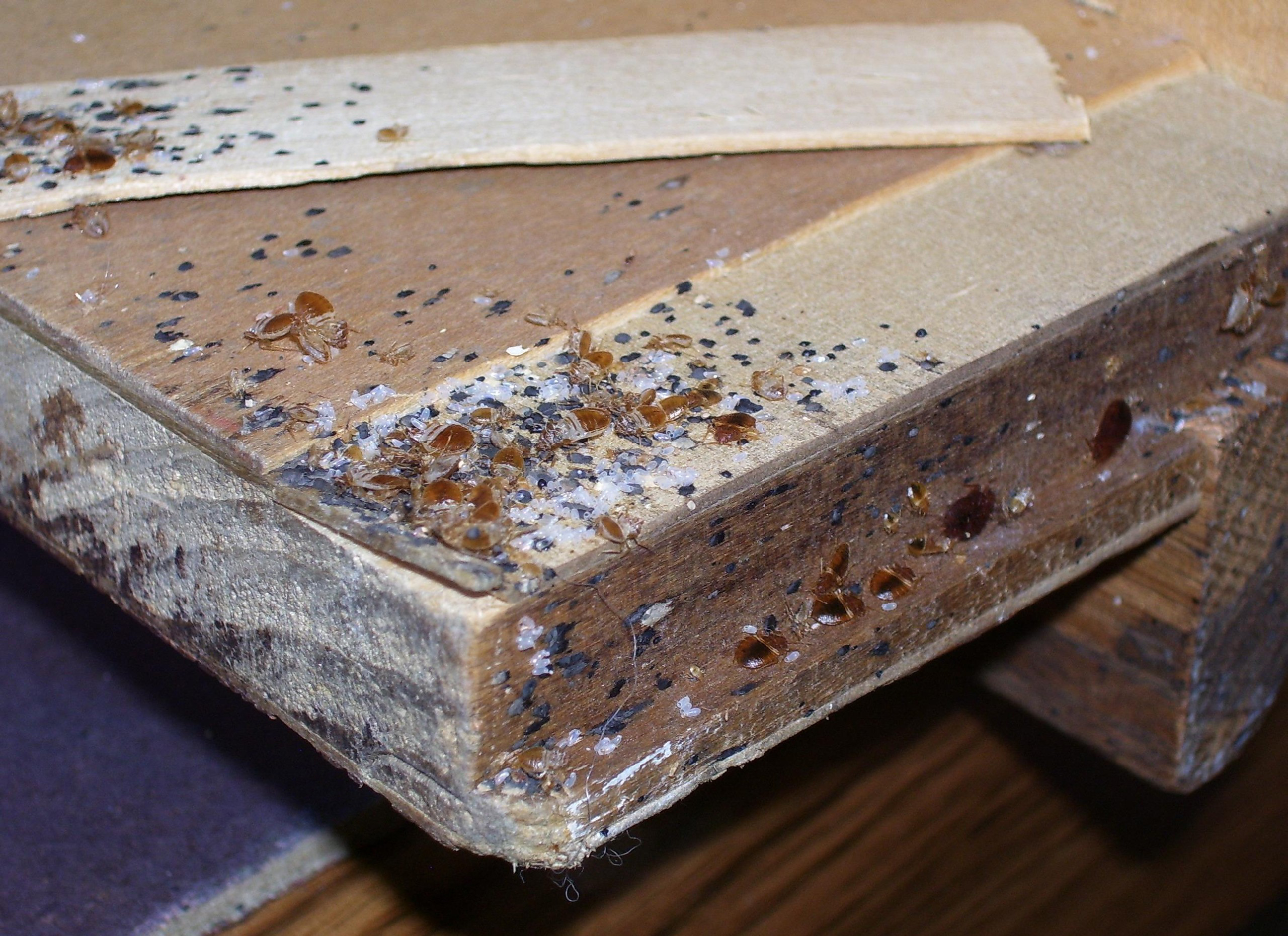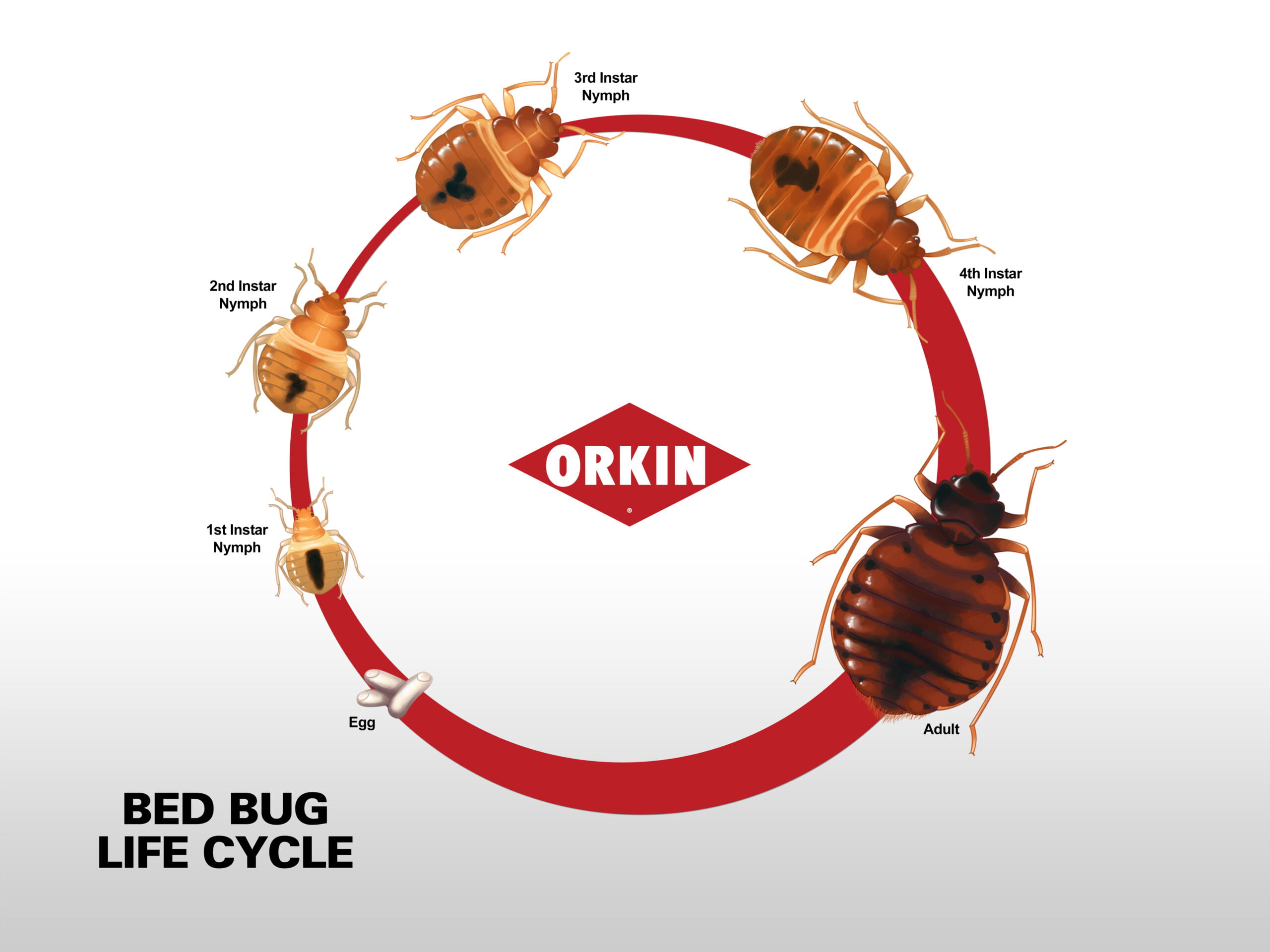Bed bugs typically take 6 to 10 days to hatch after being laid. The hatching process can be affected by temperature and humidity levels.
Bed bug infestations can be a major nuisance, causing discomfort and stress. These tiny pests can multiply rapidly if not addressed promptly. Understanding the life cycle of bed bugs, including their hatching timeline, is crucial for effective pest control strategies.
By knowing how long it takes for bed bugs to hatch, you can take the necessary steps to prevent further infestation and protect your home. In the following sections, we will delve into the details of bed bug hatching, factors that influence the process, and ways to deal with these persistent pests effectively.

Credit: www.purcorpest.com
Life Cycle Of Bed Bugs
Bed bugs hatch from eggs in approximately 6 to 10 days.
Nymphs go through five molting stages before reaching adulthood.
Adult Stage
Bed bugs can live for several months to a year as adults.
Egg Stage
The Egg Stage:
Egg Laying
In this phase, female bed bugs lay 1 to 5 eggs per day near their feeding area.
Incubation Period
Once laid, bed bug eggs typically take about 6 to 10 days to hatch under optimal conditions.
Nymph Stage
Bed bugs are notorious pests that can quickly infest your home and cause sleepless nights. Understanding their life cycle is crucial for effective control and eradication. One important stage in their development is the nymph stage. In this section, we will discuss the hatching process, as well as the number of nymph stages bed bugs go through.
Hatching Process
Bed bug eggs are tiny, measuring about 1mm in length, and are typically laid in clusters. The hatching process starts when favorable conditions, such as warmth and moisture, are present. In ideal circumstances, bed bug eggs hatch within 6 to 10 days, but it can take longer if the conditions are not optimal.
Once the eggs hatch, small bed bug nymphs emerge. These nymphs look like miniature versions of adult bed bugs but are lighter in color and translucent. They go through a series of molts to reach adulthood.
Number Of Nymph Stages
Bed bugs go through five nymph stages, also known as instars, before reaching adulthood. Each nymph stage requires a blood meal to molt into the next stage. After molting, the nymphs become larger and darker in color.
Here is an overview of the five nymph stages:
- First instar nymph: Immediately after hatching, the nymph is approximately 1.5mm long and lacks the ability to reproduce.
- Second instar nymph: At this stage, the nymph is slightly larger, around 2mm long, and develops more defined body segments.
- Third instar nymph: The nymph is now about 2.5mm long and displays a darker coloration. It starts to resemble an adult bed bug more closely.
- Fourth instar nymph: As the nymph grows, it reaches a length of approximately 3mm. Its body is even darker, and its wing pads begin to form.
- Fifth instar nymph: The nymph is now the closest it can get to adulthood, measuring around 4.5mm long. Its color further darkens, and its wing pads continue to develop.
After the fifth molt, bed bugs reach adulthood and become capable of reproducing. The time it takes for a bed bug to go through all the nymph stages and become an adult largely depends on factors such as temperature, availability of food (blood meals), and the overall conditions of the environment.
Factors Affecting Hatching Time
Factors Affecting Hatching TimeUnderstanding the factors that affect bed bug hatching time is important for implementing effective pest control measures. The hatching process of bed bugs can vary depending on several factors, including temperature and the availability of a blood meal.
TemperatureTemperature plays a significant role in the hatching time of bed bugs. The ideal temperature for bed bug eggs to hatch is between 70-90°F (21-32°C). At this temperature range, bed bug eggs typically hatch in about 6-10 days. Cooler temperatures can delay the hatching process, while warmer temperatures can expedite it.
Availability of Blood MealOnce the bed bug nymphs hatch, they require a blood meal to progress through their growth stages. The availability of a blood meal directly impacts the development and hatching time of bed bugs. Without access to a blood meal, the hatching process may be delayed, as the nymphs require regular feedings to successfully molt to the next stage of development.
Signs Of Bed Bug Infestation
When it comes to dealing with bed bug infestations, knowing the signs to look for is crucial. Identifying these signs early can help you take the necessary steps to address the problem before it escalates. Here are some common signs of bed bug infestation that you should be aware of:
Bites On Skin
If you wake up with itchy, red welts on your skin, especially in a line or cluster pattern, it could be a sign of bed bug bites. These bites are usually painless at first but may become itchy later on.
Blood Stains On Sheets
Finding small, rust-colored blood stains on your sheets or pillowcases could indicate bed bug activity. These stains are often the result of accidentally crushing a bed bug while you sleep.
Fecal Stains
Inspect your bedding, mattress seams, and furniture for dark, rust-colored spots. These stains are often the excrement of bed bugs and may also appear as small clusters near their hiding spots.

Credit: www.saferbrand.com
Prevention And Control
Bed bugs typically take around 6 to 10 days to hatch after being laid. Prevention and control tactics involve regular inspections, vacuuming, sealing cracks, and laundering bedding to curb infestation risks. Taking swift action is key to managing bed bug populations effectively.
Regular Cleaning
Regular cleaning is an essential step in preventing and controlling bed bug infestations. By maintaining a clean and clutter-free environment, you can greatly reduce the chances of these pesky bugs taking up residence in your home. It’s important to vacuum your living spaces, including mattresses, carpets, and upholstery, on a regular basis. Pay extra attention to cracks and crevices where bed bugs might hide. Dispose of the vacuum bag or empty the canister outside of your home to prevent any potential re-infestations.Sealing Cracks And Gaps
Sealing cracks and gaps in your home is another effective measure to prevent and control bed bugs. These tiny creatures can enter your home through even the smallest openings, so it’s crucial to inspect and seal any potential entry points. Use caulk to seal cracks in walls, baseboards, and windows. Fill gaps around pipes, cables, and electrical outlets with expandable foam. By creating a barrier, you can significantly minimize the chances of bed bugs finding their way into your living spaces.Professional Pest Control
When it comes to dealing with a severe bed bug infestation, professional help may be necessary. Pest control experts have the knowledge, experience, and specialized tools to effectively eliminate these pests and prevent future infestations. They can perform thorough inspections to identify the extent of the problem and develop a customized treatment plan. Professional pest control services often include applying insecticides, using heat treatments, and providing ongoing monitoring to ensure complete eradication. Investing in professional help is a proactive approach that can save you time, money, and countless sleepless nights.By following these preventive measures and taking prompt action if you suspect a bed bug infestation, you can minimize the risk of these unwelcome guests wreaking havoc in your home. Regular cleaning, sealing cracks and gaps, and seeking professional pest control assistance are crucial steps in maintaining a bed bug-free environment. Remember, prevention is key when it comes to keeping these annoying pests at bay.
Credit: www.orkin.com
Frequently Asked Questions On How Long Does It Take For Bed Bugs To Hatch?
How Long Does It Take For Bed Bug Eggs To Hatch?
Bed bug eggs usually take 6 to 10 days to hatch, but it can vary based on temperature and other factors. Warmer conditions can speed up the hatching process, while colder temperatures can delay it.
What Is The Hatching Time For Bed Bug Eggs?
Bed bug eggs typically hatch in about a week, but the duration may differ based on ambient temperatures and other environmental factors. Warmer settings can accelerate the hatching process, while cooler conditions can prolong it.
How Long Can It Take For Bed Bugs To Hatch?
The hatching period for bed bug eggs is generally around 6 to 10 days, but it may be influenced by environmental factors such as temperature and humidity. Warmer conditions can expedite hatching, while cooler temperatures can extend the timeline.
Can Environmental Factors Affect Bed Bug Egg Hatching Time?
Yes, the hatching time for bed bug eggs can be influenced by environmental factors like temperature and humidity. Warmer conditions can accelerate the process, while cooler settings may slow it down. This variation can impact the overall duration of hatching.
Conclusion
Bed bug infestations can be a frustrating and unsettling experience for many homeowners. Understanding the length of time it takes for bed bugs to hatch is crucial in managing and eradicating these pests effectively. By having a grasp on their life cycle, you can take appropriate measures to prevent further infestation.
Remember, early detection and quick action are key to eliminating bed bugs from your home. Stay vigilant, educate yourself, and don’t hesitate to seek professional help if needed. Sleep tight, and don’t let the bed bugs bite!
Related posts:

I’m MD Tanvir, and I bring years of expertise gained from working closely with pest control companies to the forefront. My journey in the industry has inspired me to launch Bug Battler, a platform aimed at equipping people with the know-how to combat pests autonomously. Through Bug Battler, I aim to empower individuals with practical insights to tackle pest infestations effectively.

